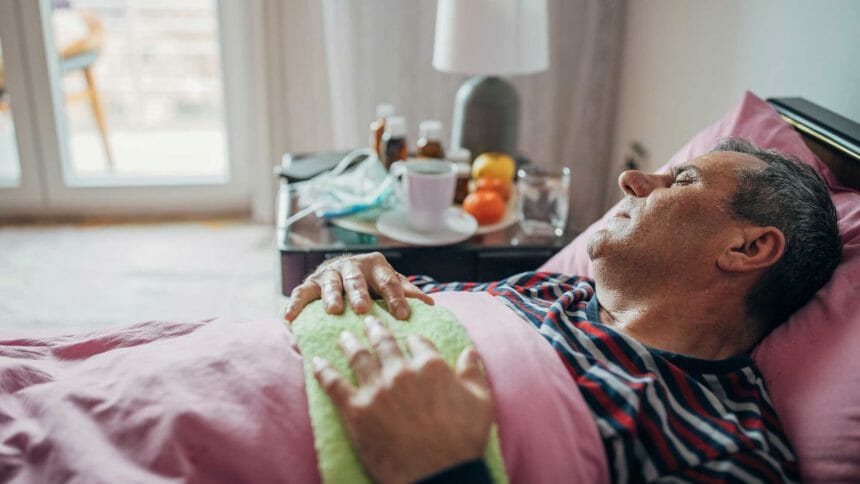
Positive COVID-19 cases and deaths were “substantially higher” in assisted living communities and nursing homes compared with home- and community-based settings, according to a recent study in JAMDA, the Journal of Post-Acute and Long-Term Care Medicine.
The study used Connecticut statewide data to compare COVID-19-positive cases and deaths among assisted living residents, nursing home residents and participants in three Medicaid HCBS programs from March through July.
Connecticut Department of Public Health data showed a 14% COVID-19 positivity rate and a 5% death rate for assisted living residents, compared with a 37% positivity rate and 11% death rate for nursing home residents, and a 3% positivity rate and 1% death rate for older HCBS adults.
The authors concluded that the main distinction between the groups was their living situation, and that living in the community versus a congregate setting accounts for “significantly lower infection rates.”
They also, however, noted testing differences among the settings, indicating that HCBS infection rates may be “somewhat underreported” because participants were not subjected to mandatory coronavirus testing, as were assisted living and nursing home residents.
Little is known about COVID-19’s effects on people receiving long-term services and supports in HCBS, the authors said. Participants in Medicaid HCBS programs are similar to nursing home residents in their medical vulnerability — and perhaps more so than some assisted living residents, although some assisted living operators provide HCBS through Medicaid waivers. But the COVID-19 positivity rate of HCBS recipients during the first five months of the pandemic in Connecticut was considerably lower than residents of either congregate setting, according to the authors.




